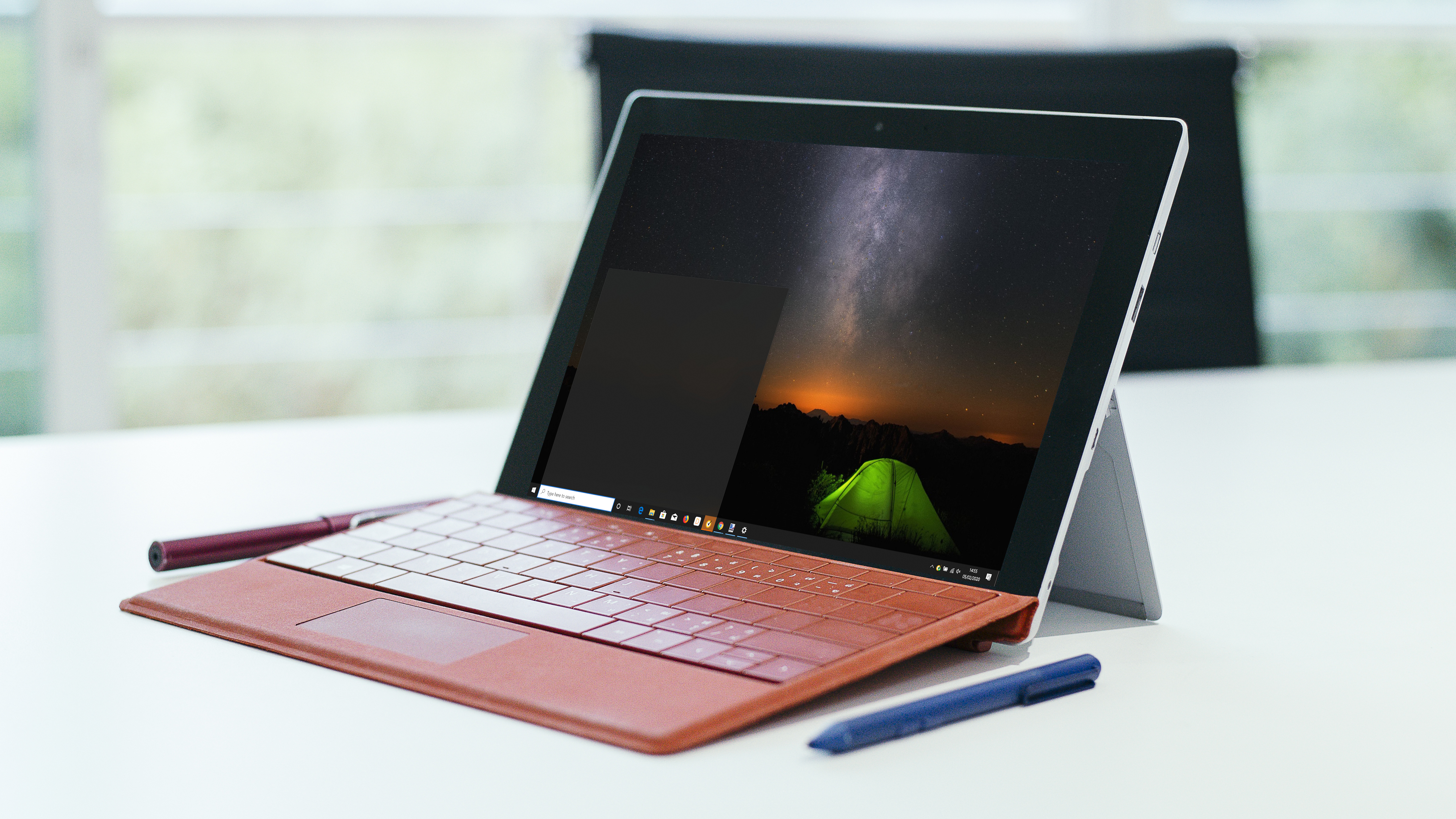
Microsoft is planning some major changes to Windows 10's privacy settings, and they're pretty confusing.
As The Register reports, the updated settings were spotted in a new build released to members of the Windows Insider Program Fast Ring, and involve Windows 10's data-sharing options.
- How to fix Windows 10 search problems
- We solve 100 common Windows 10 problems
- Buy Windows 10: the cheapest prices right now
Windows 10 sends diagnostic data to Microsoft to help it troubleshoot problems and generally improve the operating system, and you can choose exactly how much information is included.
At the moment, your options are 'Security', 'Basic', 'Enhanced' and 'Full', though whether you see all of these will depend on your PC's policy settings, and whether it's an enterprise device. You can check these out by typing 'diagnostic' into the Windows search bar and selecting 'Diagnostics and feedback settings'.
Following the latest Fast Ring update, these options are being reduced to just 'Security', 'Basic' and 'Full'. If you're currently using the 'Enhanced' option, you'll be bumped down to 'Basic' to make sure you're not sharing more data than you'd like.
That's a good idea in principle, but it also means you'll stop receiving Windows Insider updates, as these require either 'Full' or 'Enhanced' diagnostic data.
Check your options
If that's not confusing enough, it gets even more convoluted. Microsoft is also changing the names of its different diagnostic data tiers, so 'Security' is now 'Diagnostic data off', 'Basic' is now 'Required diagnostic data', and 'Full' is now 'Optional diagnostic data'.
Sign up for breaking news, reviews, opinion, top tech deals, and more.
Each option still does the same thing, and the new labels are a little easier to understand, but it's pretty puzzling if you're not expecting it.
So what should you do? If you're currently a member of the Windows Insider program in the Fast Ring, take a look at your data diagnostic settings now and make sure you're using 'Optional diagnostic data' if you want to continue receiving Insider updates.
If you're in the Slow Ring, or you aren't part of the Insider Program, you can expect to receive this update at some point in the future, so check in on your diagnostic settings regularly to see if anything has changed. The change might not be rolled out globally until this year's first major update, Windows 10 20H1, but it's best to be prepared.
- These are the best laptops of 2020

Cat is TechRadar's Homes Editor specializing in kitchen appliances and smart home technology. She's been a tech journalist for 15 years, having worked on print magazines including PC Plus and PC Format, and is a Speciality Coffee Association (SCA) certified barista. Whether you want to invest in some smart lights or pick up a new espresso machine, she's the right person to help.